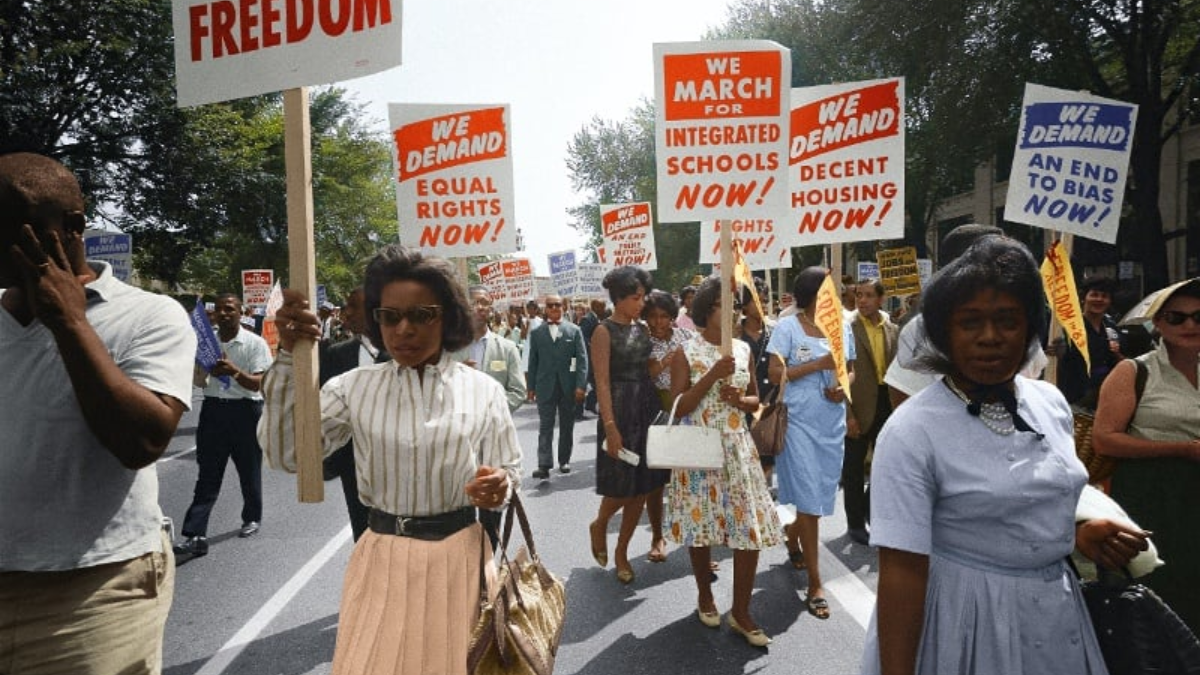As Senator Sherrod Brown (D-OH) approaches the conclusion of his congressional career, he is working on a significant initiative that could impact thousands of public employees: Social Security reform. Brown’s efforts aim to address longstanding inequities in how certain public-sector workers’ benefits are calculated, offering a much-needed adjustment to ensure fairness and financial stability.
The Issue at Hand: Public Employee Benefits and Social Security
For decades, many public employees, such as teachers, firefighters, and law enforcement officers, have faced reduced Social Security benefits due to provisions like the Windfall Elimination Provision (WEP) and Government Pension Offset (GPO). These policies, intended to prevent “double-dipping” into pension systems and Social Security, have been widely criticized for penalizing individuals who worked in both the private and public sectors.
Under the WEP, individuals who receive pensions from jobs not covered by Social Security see their benefits reduced. Similarly, the GPO reduces spousal or survivor benefits for those who worked in government jobs not covered by Social Security. Together, these provisions have created financial hardships for many public servants.
Brown’s Proposed Reforms
Senator Brown’s reform proposal seeks to amend these inequities, ensuring that public employees receive a fair calculation of their Social Security benefits. Key elements of the reform include:
- Modernizing the WEP Formula: Adjusting the benefit reduction formula to reflect current economic realities.
- Eliminating the GPO: Allowing public employees and their families to receive the full benefits they are entitled to.
- Retroactive Adjustments: Compensating individuals who have faced reduced benefits under these provisions in the past.
Brown’s proposal aligns with his long-standing commitment to labor rights and economic justice, addressing a critical issue for a significant segment of the workforce.
Impact on Public Employees
If enacted, these reforms could bring substantial financial relief to public employees who have seen their retirement security undermined. Retired teachers, police officers, and other government workers would experience improved benefit calculations, ensuring a more stable income during their retirement years.
For many public employees, Social Security benefits are a crucial supplement to their pensions. By reforming these outdated provisions, Brown’s initiative could alleviate financial strain and provide a fairer system for workers who have dedicated their careers to serving the public.
Challenges Ahead
While Brown’s proposal has garnered support from labor unions and advocacy groups, it is likely to face opposition in Congress. Critics argue that eliminating the WEP and GPO could strain Social Security’s finances, particularly as the program already faces solvency challenges. Securing bipartisan support will be essential for the proposal’s success.
Additionally, the cost of implementing retroactive adjustments could become a contentious issue. Policymakers will need to balance the financial impact of the reforms with the program’s broader sustainability.
Brown’s Legacy and Commitment to Social Security
As he prepares to leave the Senate, Sherrod Brown’s push for Social Security reform serves as a testament to his dedication to economic fairness and the rights of public workers. Known for his advocacy for the middle class and labor unions, this initiative reflects his broader mission to ensure that all workers, public and private, are treated equitably.
“Public servants have earned these benefits through years of hard work,” Brown stated. “It’s time we honor their contributions with the fairness they deserve.”
Conclusion: A Step Toward Fairness
Sherrod Brown’s Social Security reform proposal represents a significant step toward addressing longstanding inequities for public employees. By tackling the challenges posed by the WEP and GPO, this initiative aims to create a fairer retirement system for those who have dedicated their lives to public service.
As the proposal moves through Congress, public support and bipartisan cooperation will be critical to its success. For public employees and their families, this reform could mark the beginning of a more secure financial future.
For more information on Social Security reforms, visit the Social Security Administration’s Reform Page.
Disclaimer – Our team has carefully fact-checked this article to make sure it’s accurate and free from any misinformation. We’re dedicated to keeping our content honest and reliable for our readers.







